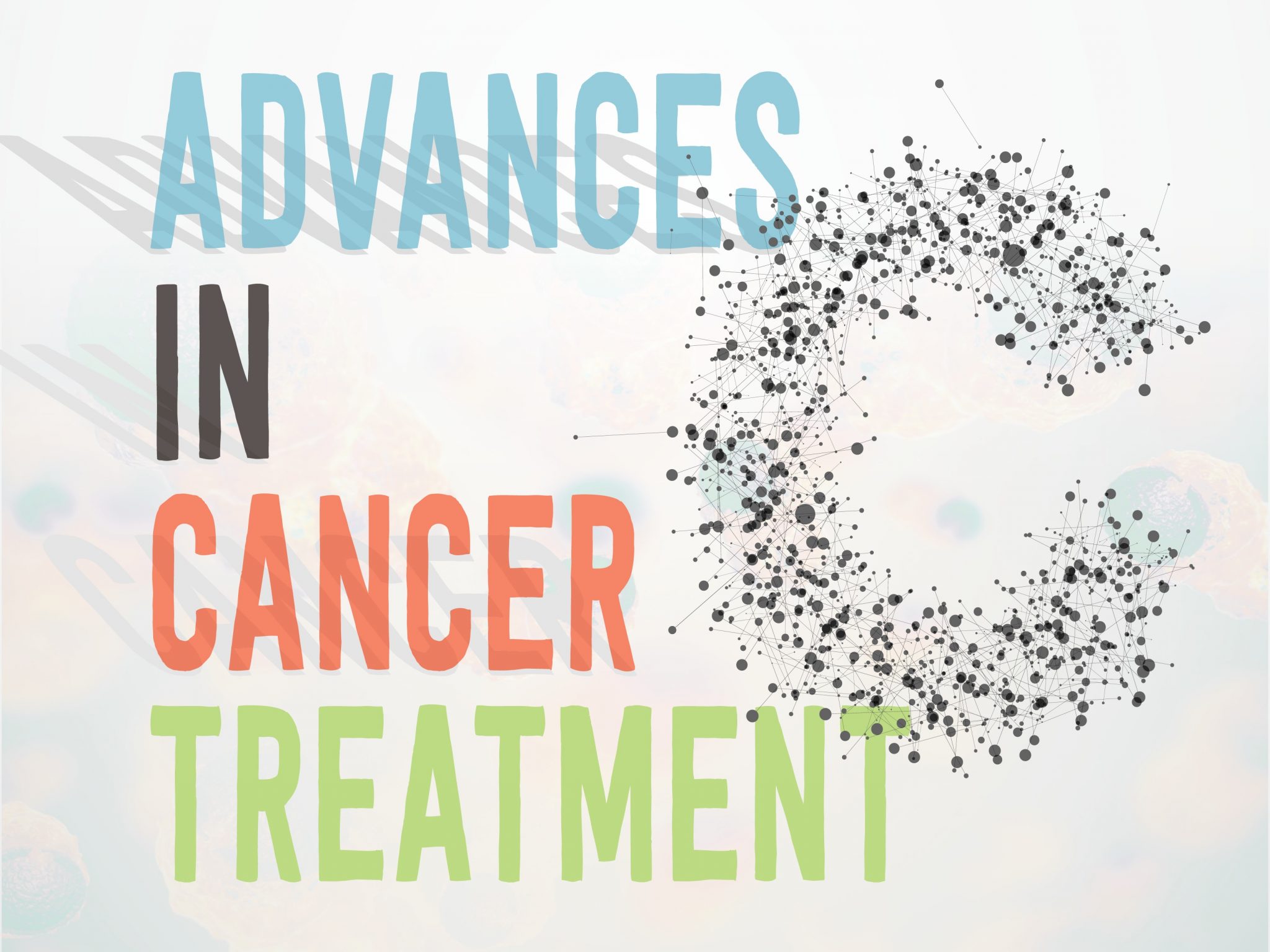There was a time when a cancer diagnosis seemed much more like a death sentence than it does today. Now, doctors can offer patients a wider range of treatments and therapies with high rates of success. Some options use drugs, hormones or radiation to combat cancer; others harness the body’s own disease-fighting powers. And still other technologies can help people stay cancer-free from the outset!
breast cancer
It’s easy to think of breast cancer as one type of disease, but it’s actually a group of conditions distinguished by different patterns of receptors, or areas on a cell’s surface, that receive signals from the body to perform various actions. The cancers also can grow in different parts of the breast—the lobules that produce milk, the milk ducts, or tissue in between, says SLUCare radiation oncologist Dr. Veena Divecha.
Receptor factors. Breast cancer types are identified by the kinds of receptors that are present on the cells, and in what combinations. For example, normal receptors respond to the female hormones estrogen and progesterone that tell the cells to do things like make milk at the end of a pregnancy. With breast cancer, sometimes the cells retain their receptors, and other times they are lost. When the receptor pattern is not normal, cells get the wrong signals and grow in a disorganized pattern, resulting in a tumor.
Therapy choices. Doctors have to figure out what combination of receptors is present to determine what type of breast cancer therapy to use. In some cases, they can use hormone receptor-blocking therapy to help combat the disease. It’s possible to pair this therapy with radiation, but it normally is not used with chemotherapy, according to Divecha. “It can be used to treat cancers that are receptive,” she says. “Its use also depends on whether the patient has taken other hormones like those in contraceptives, and whether she has been through menopause.”
Simpler treatments. Strides are being made in breast cancer treatment, so it’s easier on patients than it used to be, according to Divecha. “The standard of care in radiation therapy used to be 25 to 30 treatments; now, it’s usually 16 to 20 because the patient gets a slightly higher dose each day,” she says. “Treatments usually take about 15 minutes in the office, and they are painless, so the patient can get in and out easily. And side effects are minor; sometimes there is a small skin reaction like redness.” It’s also possible to target treatment more specifically to the tumor area and spare normal surrounding tissues, she notes.
• Breast cancer is the second most common cause of cancer-related death in U.S. women. (Lung cancer is the first.)
• More than 200,000 women and 2,000 men are diagnosed with breast cancer each year in the U.S.
• More than 40,000 women and 400 men die from it each year in the U.S.
SOURCE: CDC
immunotherapy
modern cancer therapy. It’s a type of treatment that jump-starts the immune system to help it better fight cancer cells. Immunotherapy works in a couple of different ways: It can stimulate the patient’s immune system to work more effectively, or it can add new components such as man-made proteins to help the body combat the disease. Immunotherapy can be used on its own or with other types of cancer treatment, depending on the patient’s needs.
Clever invaders. Dr. Donald Busiek, chief of hematology and oncology at St. Luke’s Hospital, says one particularly interesting area of immunotherapy involves PD1, a protein that fools the immune system. “Some cancer cells make a lot of PD1, which is like a ‘cloaking device,’” he explains. “It causes the T cells in the patient’s blood to become tolerant of the new tumor and falsely recognize it as part of the body. We can give the person antibodies that deplete the PD1 and ‘reveal’ tumors to the immune system so it can attack like it’s supposed to.”
Battle plans. Busiek says cancer vaccines are another key area of treatment being studied. Rather than preventing disease like most vaccines, they actually help the body fight it. A prostate cancer vaccine has been approved for nearly a decade, and others are being researched. “The holy grail would be a vaccine that is specific to the patient’s type of tumor,” Busiek says. “It would stimulate the immune system to attack the cancer and leave normal tissue alone.” He uses a wartime analogy to explain modern cancer treatment to patients: “In the past, chemotherapy was like those World War II raids where pilots dropped bombs randomly and hoped some of them would hit the mark without a lot of collateral damage. Today’s therapies are more like modern cruise missiles. They zero in on the target much more accurately.”
types of immunotherapy
>> Monoclonal antibodies: Human antibodies are copied many times over in the lab to target cancer cells.
>> Immune checkpoints: Certain drugs help prevent cancer cells from exploiting ‘checkpoint proteins’ that keep the immune system from attacking normal cells.
>> Oncolytic viruses: Certain types of viruses can be altered in the lab to infect and kill cancer cells.
>> CAR T-cell therapy: T cells are taken from the patient’s blood and genetically altered to attack cancer cells.
SOURCE: AMERICAN
what’s ahead in cancer tech
Technology is making promising strides against cancer, from preventing carcinogen exposure to shelping doctors and patients manage the disease. Here are some interesting developments:
developments:
• Avoiding exposure to cancer-causing substances is a critical way of protecting against the disease. Jiaxi Fang, Ph.D., CEO of Applied Particle Technology at Cortex, says his company is working with Washington University and local construction firms on a system to prevent workers from breathing in too much silica dust, which is linked to lung cancer. “It’s a small, wearable exposure monitor that transmits data wirelessly to the cloud so users can see if there is a harmful level of crystalline silica in the air,” Fang says. “About 2.2 million U.S. workers are exposed to it in industries that use concrete and other construction materials.” He says the Occupational Safety and Health Administration recently lowered the exposure limit for silica dust, so it’s important to know how much is present in work environments.
• A new blood test called CancerSEEK is showing promise in helping doctors screen for several types of cancer, according to SSM Health hematologist/oncologist Dr. Mansoor ul Haq. “It came out early this year and is being tested now,” he says. “The test looks at the DNA of tumor cells circulating in the blood. The patient simply goes to the lab, has a sample drawn and gets a result, so it’s easier and more convenient than a biopsy. If the test gets regulatory approval, it will be a big deal for cancer patients.”
• A new smartphone and Web app, Human Dx, combines doctors’ knowledge with artificial intelligence to help patients get the right diagnosis and treatment. If your doctor suspects you have a certain type of cancer and wants more input, she can confidentially upload a query, lab results, images and more to Human Dx. The app compiles archived data and other doctors’ advice into a helpful report. The technology is intended to save time and costs of specialist consultations.
• Cancer patients have a lot of information to keep track of, including medications, treatment schedules, doctor visits and more. Smartphone apps like ChemoWave, LivingWith and CareZone can help them stay on top of medicines and procedures, keep in touch with care providers, and access resources like support groups.








